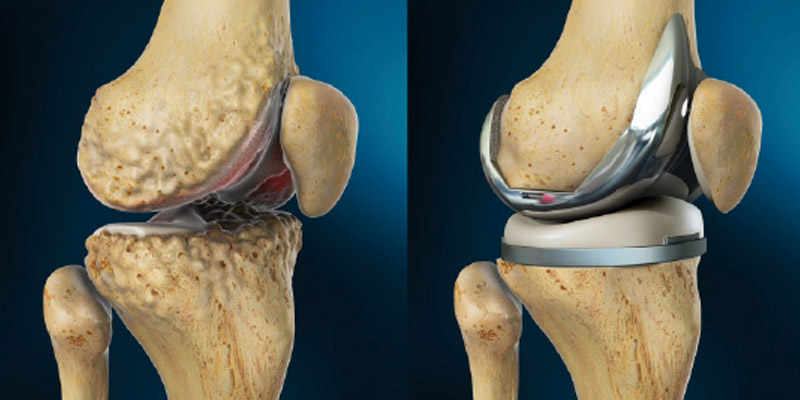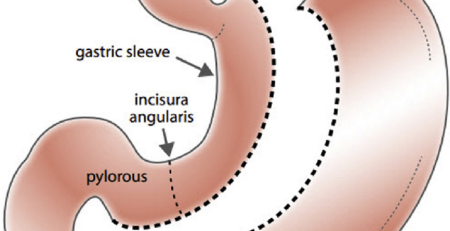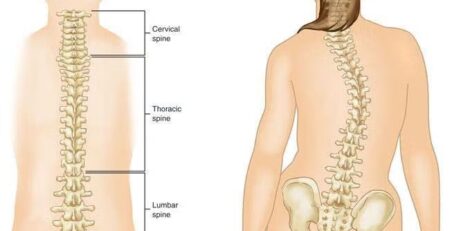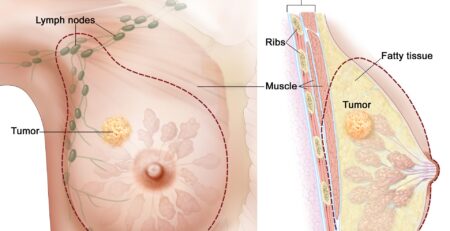What is a knee replacement surgery?
Knee replacement, also called knee arthroplasty or total knee replacement, is a surgical procedure to resurface a knee damaged by arthritis. Metal and plastic parts are used to cap the ends of the bones that form the knee joint, along with the kneecap. This surgery may be considered for someone who has severe arthritis or a severe knee injury.
Various types of arthritis may affect the knee joint. Osteoarthritis, a degenerative joint disease that affects mostly middle-aged and older adults, may cause the breakdown of joint cartilage and adjacent bone in the knees. Rheumatoid arthritis, which causes inflammation of the synovial membrane and results in excessive synovial fluid, can lead to pain and stiffness. Traumatic arthritis, arthritis due to injury, may cause damage to the cartilage of the knee.
The goal of knee replacement surgery is to resurface the parts of the knee joint that have been damaged and to relieve knee pain that cannot be controlled by other treatments.
Anatomy of the knee
Joints are the areas where 2 or more bones meet. Most joints are mobile, allowing the bones to move. Basically, the knee is 2 long leg bones held together by muscles, ligaments, and tendons. Each bone end is covered with a layer of cartilage that absorbs shock and protects the knee.
There are 2 groups of muscles involved in the knee, including the quadriceps muscles (located on the front of the thighs), which straighten the legs, and the hamstring muscles (located on the back of the thighs), which bend the leg at the knee.
Tendons are tough cords of connective tissue that connect muscles to bones. Ligaments are elastic bands of tissue that connect bone to bone. Some ligaments of the knee provide stability and protection of the joints, while other ligaments limit forward and backward movement of the tibia (shin bone).
The knee consists of the following:
- Tibia. This is the shin bone or larger bone of the lower leg.
- Femur. This is the thighbone or upper leg bone.
- Patella. This is the kneecap.
- Cartilage. A type of tissue that covers the surface of a bone at a joint. Cartilage helps reduce the friction of movement within a joint.
- Synovial membrane. A tissue that lines the joint and seals it into a joint capsule. The synovial membrane secretes synovial fluid (a clear, sticky fluid) around the joint to lubricate it.
- Ligament. A type of tough, elastic connective tissue that surrounds the joint to give support and limits the joint’s movement.
- Tendon. A type of tough connective tissue that connects muscles to bones and helps to control movement of the joint.
- Meniscus. A curved part of cartilage in the knees and other joints that acts as a shock absorber, increases contact area, and deepens the knee joint.
Reasons for the procedure
Knee replacement surgery is a treatment for pain and disability in the knee. The most common condition that results in the need for knee replacement surgery is osteoarthritis.
Osteoarthritis is characterized by the breakdown of joint cartilage. Damage to the cartilage and bones limits movement and may cause pain. People with severe degenerative joint disease may be unable to do normal activities that involve bending at the knee, such as walking or climbing stairs, because they are painful. The knee may swell or “give-way” because the joint is not stable.
Other forms of arthritis, such as rheumatoid arthritis and arthritis that results from a knee injury, may also lead to degeneration of the knee joint. In addition, fractures, torn cartilage, and/or torn ligaments may lead to irreversible damage to the knee joint.









Leave a Reply